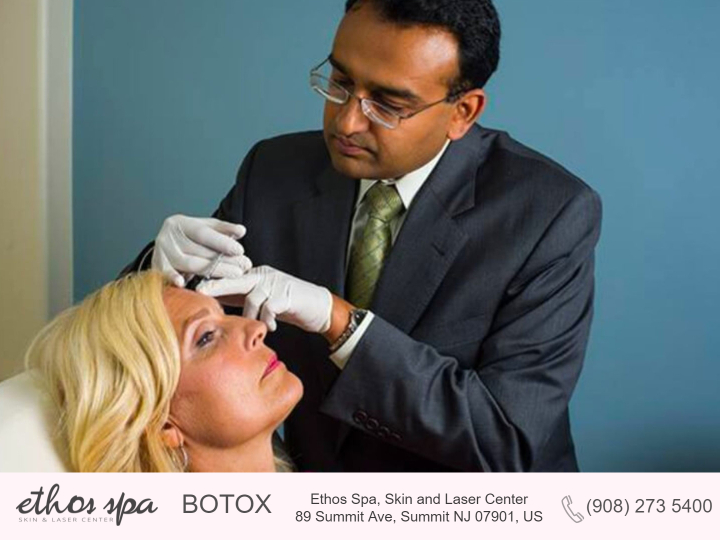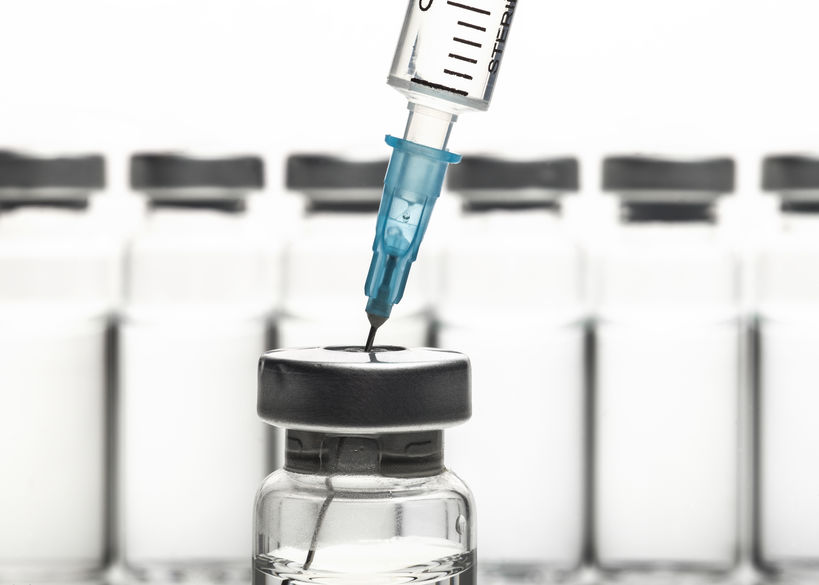You want only the best for your skin and face, and that means a tough decision must be made for your choice of neurotoxin – Botox or Dysport? Both injectables are extremely popular in the cosmetic world, and both are quite similar in science and results. However, Botox and Dysport aren’t exactly the same, which is why it’s important to know what these differences may be.
Botox VS Dysport – which should you choose, and which would work better for you? In this article, we discuss everything a patient needs to know to make an informed decision on their choice of neurotoxin, discussing the similarities and differences between Botox and Dysport and their respective pros and cons.
Botox and Dysport: What Are They and How Do They Work?
Botox and Dysport are commonly referred to as anti-aging wrinkle relaxers, although both injectables can do much more. Botox and Dysport are both neurotoxins that effectively erase wrinkles and fine lines around the face.
When these products are injected beneath the facial skin, they mainly target the facial muscles causing the tension. These muscles and their nerve signals are then relaxed or paralyzed by the toxins, leading to the wrinkles disappearing and the face gaining a smoother and more youthful appearance.
Common areas that are targeted with Dysport and Botox are between the eyebrows, around the eyes, and the forehead. There are also wrinkles known as dynamic lines which start around the nose and the mouth, known respectively as bunny lines and lipstick lines or frown lines. If left untreated overtime, dynamic lines evolve into static wrinkles, becoming permanent fixtures of your face.
It is important to know that Botox is the original muscle relaxing substance derived from botulinum toxins. Dysport products are much newer, only entering the market back in 2009, which is why it is often referred to as “the other Botox”.
Learn more: The Origin of Botox: How It All Started
Main Differences Between Botox and Dysport
Both products are derived from botulinum toxin (type A), meaning they naturally share many similarities. Most of the time, a patient may experience near similar results with one substance as they might experience with the other, although there are a few slight differences that may be important to you.
The main differences between Botox and Dysport are the following:
- Dosage Requirement: Botox and Dysport have different dosage needs. Unlike Botox, Dysport’s formula is more diluted, meaning it requires a greater number of units than Botox might to treat the same area.
- Substance Spread: As the Dysport formula is more diluted, this means that the way it spreads beneath the skin post-injection is different from the way Botox spreads. Dysport spreads more easily due to having a more diluted, thinner, and less viscous consistency; Botox is thicker and more viscous, so it stays more closely concentrated near the injection site.
- Best Treatment Areas: With different levels of viscosity, Botox and Dysport excel in different areas around the face. Dysport’s natural tendency to spread out makes it better for larger areas, such as the forehead or the cheeks. Botox’s more concentrated nature means it is more effective for smaller and more precise treatments, such as around the eyes or the eyebrow area.
Comparing Botox and Dysport – A Deeper Look

We outlined the main differences between Botox and Dysport in the section above, but for those who want a deeper understanding of these two products, we will continue exploring their similarities and differences.
Both Botox and Dysport are noninvasive injections that still and relax muscles, allowing the skin above those muscles to become smoother and less wrinkled. While patients should not expect the wrinkles to disappear for good, they can expect the wrinkles to become significantly less noticeable for a time.
Many patients wonder why there are any differences between Botox and Dysport at all, as both products are derived from botulinum toxin. The reason for these differences is that there is more to these products than their active ingredient; the trace protein variances can lead to these differences.
Recommended Areas for Treatment
- Botox: Botox is best for treating crow’s feet (lines around the side of the eyes), forehead lines, and glabellar lines (lines between the eyebrows).
- Dysport: Being much more recent, Dysport has only been officially approved for use in treating the glabellar lines.
Procedure Time
- Botox: Botox procedures are relatively simple, which is why they are so popular. Patients can go in and out with no downtime and recovery needed. Applying and waiting for the anesthetic takes longer than the injections themselves. Overall, the procedure should take just a few minutes, or up to thirty minutes at most.
- Dysport: Dysport and Botox have similar procedures and thus procedure times. There is no difference at all for the patient in the procedure experience when dealing with Botox or Dysport.
Results
- Botox: Botox results can start being visible within the week, but best results can take up to a month before they are visible. These results can last several months at a time, with some results lasting up to six months.
- Dysport: Similar to Botox injections, results will start being visible in the first few days. However, Dysport doesn’t last as long as Botox (since it is more diluted), with the average Dysport treatment showing results for only up to four months at the latest.
Costs
The cost of either treatment will depend on the area being treated which will determine the number of injections needed for the treatment. It’s important to know that medical insurance in the US will not cover cosmetic procedures, so paying for Botox or Dysport will be done out of pocket. The cost will also depend on your geographic location and the expertise of your doctor or provider.
- Botox: According to self-reported reviews on RealSelf, the national average cost of Botox is roughly $550 for every session. The average cost per unit of Botox is about $10 to $15.
- Dysport: Dysport is slightly more affordable, with RealSelf showing a national average Dysport cost of $450 per session. The per unit cost is much cheaper than Botox, at an average of $4 to $5 per unit, but Dysport treatments typically require a greater number of units than Botox treatments, so you will have to pay for more units overall.
FAQ: Dysport VS Botox
Botox is typically better for crow’s feet as it is a smaller and more concentrated area.
Yes, more units of Dysport is required to treat the same area to achieve similar results as Botox.
Botox is more expensive than Dysport because it has a more concentrated formula of the main active ingredient, botulinum toxin.
It is only advisable for patients to get Dysport after Botox in the same area once the effects of Botox have completely worn off.
The dose conversion rate of Dysport to Botox is at a ratio of 2.5 to 1, meaning 25 units of Dysport can perform the same result as 10 units of Botox. 100 units of Dysport would be comparable to 40 units of Botox.
Dysport costs an average of $4-$5 per unit, while Botox costs an average of $10-$15 per unit.
Botox is a more concentrated formula meaning it naturally lasts longer than Dysport, at an average of six months as compared to Dysport’s average of three to four months.
Dysport and Botox typically show changes in the same timeframe.
This depends on the area being treated and the individual patient, and their reaction to the products.
When administered by a trusted professional, side effects are minimal from either treatment, with side effects limited to temporary swelling, redness, and minor pain.
Ready for Your Neurotoxin of Choice? Learn More at Ethos Spa Today
To learn more or understand which wrinkle treatment is best for you, schedule your free consultation at Ethos Spa today. We are the top provider of surgical and non-surgical cosmetic procedures in New Jersey, having served thousands of patients over the last few years, erasing countless frown lines and bunny lines and many more.
Book your appointment on our website or call us to learn more today.








